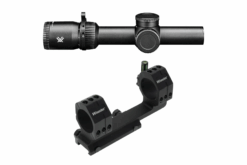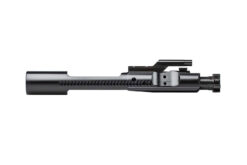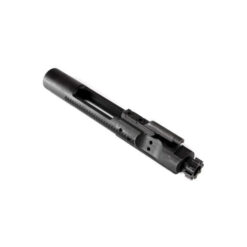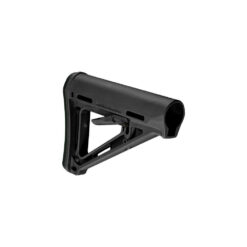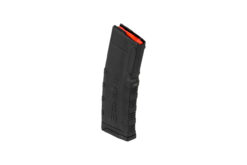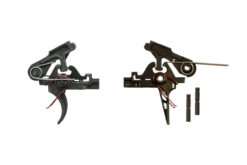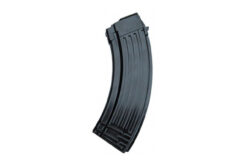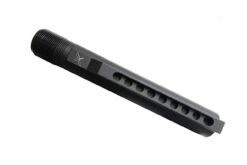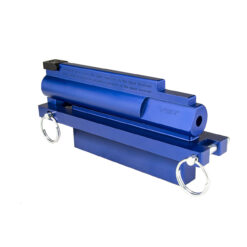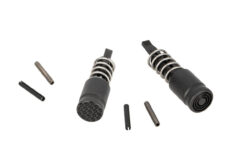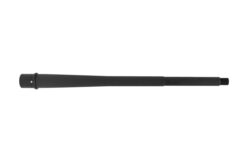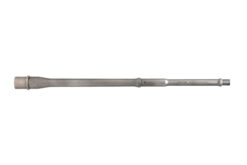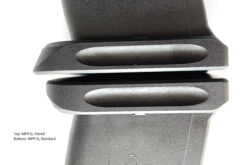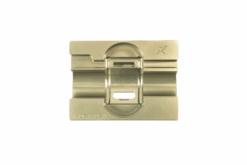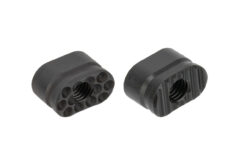On-Sale
Save 57%
MSRP: $529.99
Original price was: $349.95.$229.95Current price is: $229.95.
On-Sale
Save 38%
MSRP: $79.99
Original price was: $63.95.$49.95Current price is: $49.95.
On-Sale
Save 14 – 33%
MSRP: $26.95 – $28.95
Price range: $17.95 through $24.95
On-Sale
Save 57%
MSRP: $139.95
Original price was: $84.95.$59.95Current price is: $59.95.
On-Sale
Save 40%
MSRP: $99.95
Original price was: $77.95.$59.95Current price is: $59.95.
On-Sale
Save 50%
MSRP: $159.95
Original price was: $99.95.$79.95Current price is: $79.95.
On-Sale
Save 33%
MSRP: $44.95
Original price was: $42.70.$29.95Current price is: $29.95.
On-Sale
Save 18 – 36%
MSRP: $27.97
Price range: $17.95 through $22.97
On-Sale
Save 54%
MSRP: $14.99
Original price was: $10.99.$6.95Current price is: $6.95.
On-Sale
Save 10 – 30%
MSRP: $99.95 – $149.95
Price range: $69.95 through $134.95
On-Sale
Save 34%
MSRP: $11.99
Original price was: $10.99.$7.95Current price is: $7.95.
On-Sale
Save 3 – 60%
MSRP: $69.95 – $99.95
Price range: $39.95 through $74.95
On-Sale
Save 13%
MSRP: $60.00
Original price was: $57.95.$52.16Current price is: $52.16.
On-Sale
Save 63%
MSRP: $7.95
Original price was: $6.95.$2.95Current price is: $2.95.
On-Sale
Save 25%
MSRP: $20.00
Original price was: $18.00.$14.95Current price is: $14.95.
On-Sale
Save 4 – 46%
MSRP: $259.99
Price range: $139.95 through $249.99
On-Sale
Save 32%
MSRP: $43.99
Original price was: $36.99.$29.95Current price is: $29.95.
On-Sale
Save 6 – 64%
MSRP: $77.95 – $109.95
Price range: $39.95 through $84.95
On-Sale
Save 5 – 14%
MSRP: $42.00
Price range: $35.99 through $39.99
On-Sale
Save 4 – 14%
MSRP: $25.00
Price range: $21.55 through $23.95
On-Sale
Save 14%
MSRP: $75.00
Original price was: $71.95.$64.75Current price is: $64.75.
On-Sale
Save 5 – 15%
MSRP: $17.00
Price range: $14.53 through $16.15

